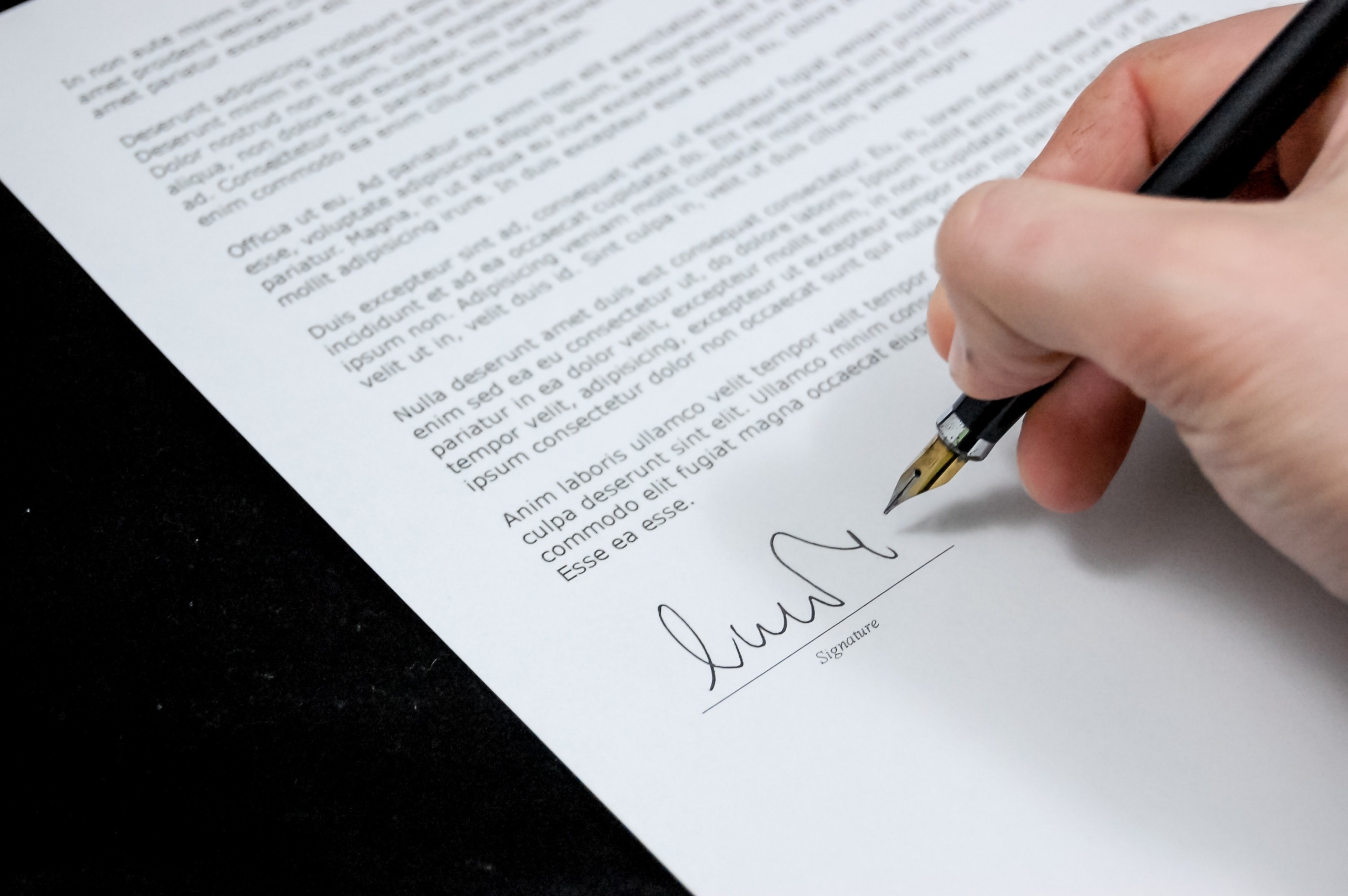Emails, reports, and proposals are common ways for professionals to communicate with one another. The writing style you use in these documents is different from personal writing, and it can influence how your coworkers, clients, or audience react to you. Good business writing skills can aid in delivering information clearly and concisely.
Business writing skills can be applied to any type of written communication or document in the workplace. Here are ten techniques to practice in business writing and communication:
Clearly stating what you want to achieve
Before you begin writing, make sure you know what you’re writing and why you’re writing it. You may attain your goal more quickly if you know what you’re aiming to accomplish by composing this document. Also, rather than several points, make sure your business communication has a single, unambiguous aim.
Using clear and concise language
Clearly and effectively communicate your views. The reader should be able to swiftly scan an email or document for the information they require.
Understanding your target market
If you can comprehend and connect with your readers and their interests, your writing will be more effective. Depending on who you’re interacting with, adjust your terminology and tone. In press releases or newsletters, for example, use polite and uncomplicated language.
Organizing your thoughts with care
Each piece of business writing should begin with the most crucial information. Explain why you’re writing and deliver your point in a straightforward and direct manner. This will ensure that everyone who sees your letter understands what it is about right away.
Making use of the active voice
The active voice, which is a sentence structure in which the subject does the action, is more powerful, concise, and understandable than the passive voice. Instead of saying, “Our team will review your proposal,” utilize the active voice and say, “Our team will review your proposal.”

Stating facts rather than expressing opinions
Build trust and credibility by using data and statistics to back up your work. If you do include an opinion, make sure the reader understands it is from your point of view to avoid any misunderstanding.
Keeping your writing error-free
Clean writing conveys professionalism and dependability. Before sending any document, go over it again to check for and repair grammar, spelling, and punctuation errors.
Having self-assurance
To establish your knowledge and credibility, write in a confident tone. Confidence can also encourage your reader to respond in the way you desire, whether it’s by purchasing your goods or accepting your choice.
Making use of simple formatting
Make your content easier to read by using professional fonts and sizes. If subheadings, white space, and bullet points make the document easier to scan, include them. When possible, replace big chunks of text with charts or pictures.
Keeping versatility for various forms of writing
Written reports, direct messaging, and social media posts are all examples of business communications. Learn how to change your tone and structure depending on the platform while keeping professionalism and a consistent voice.












